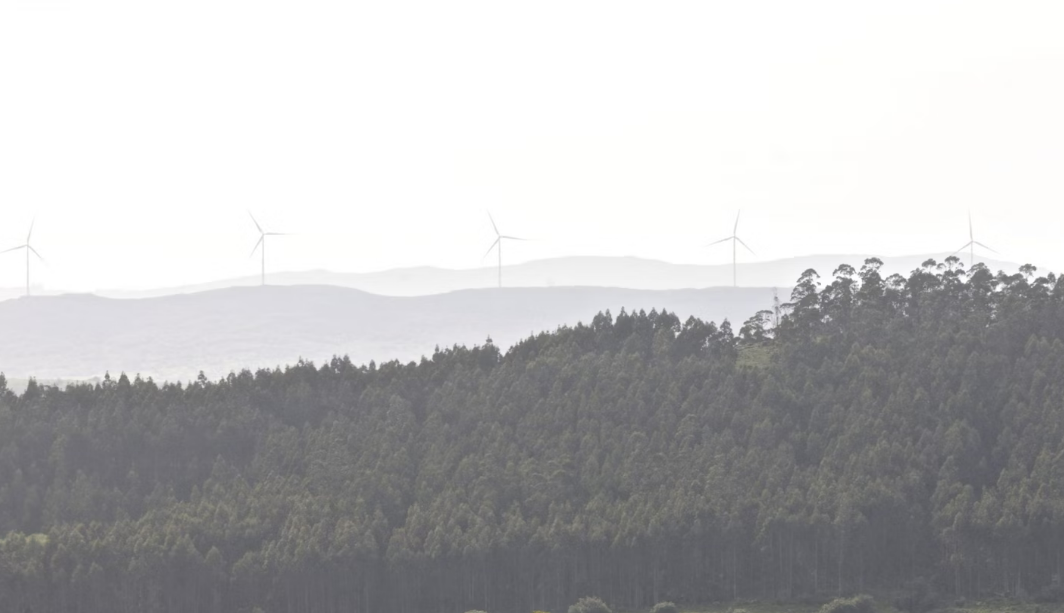
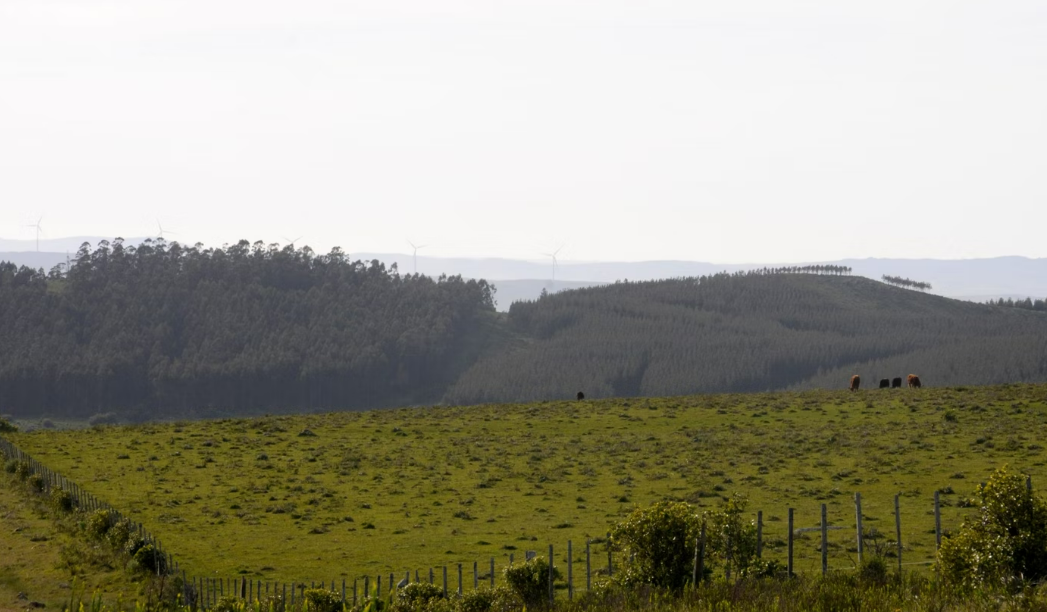
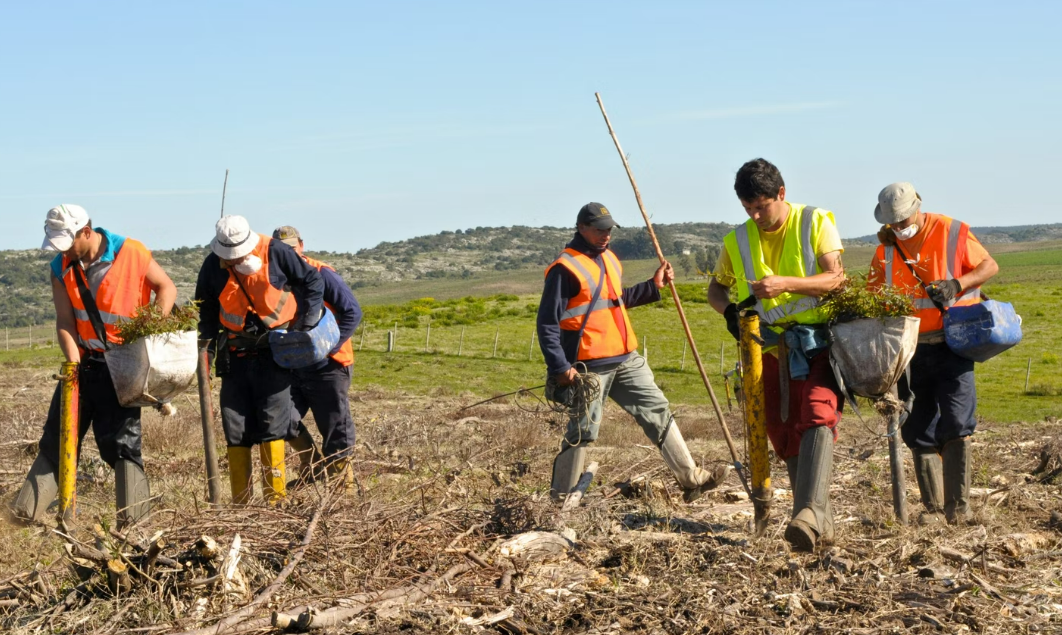

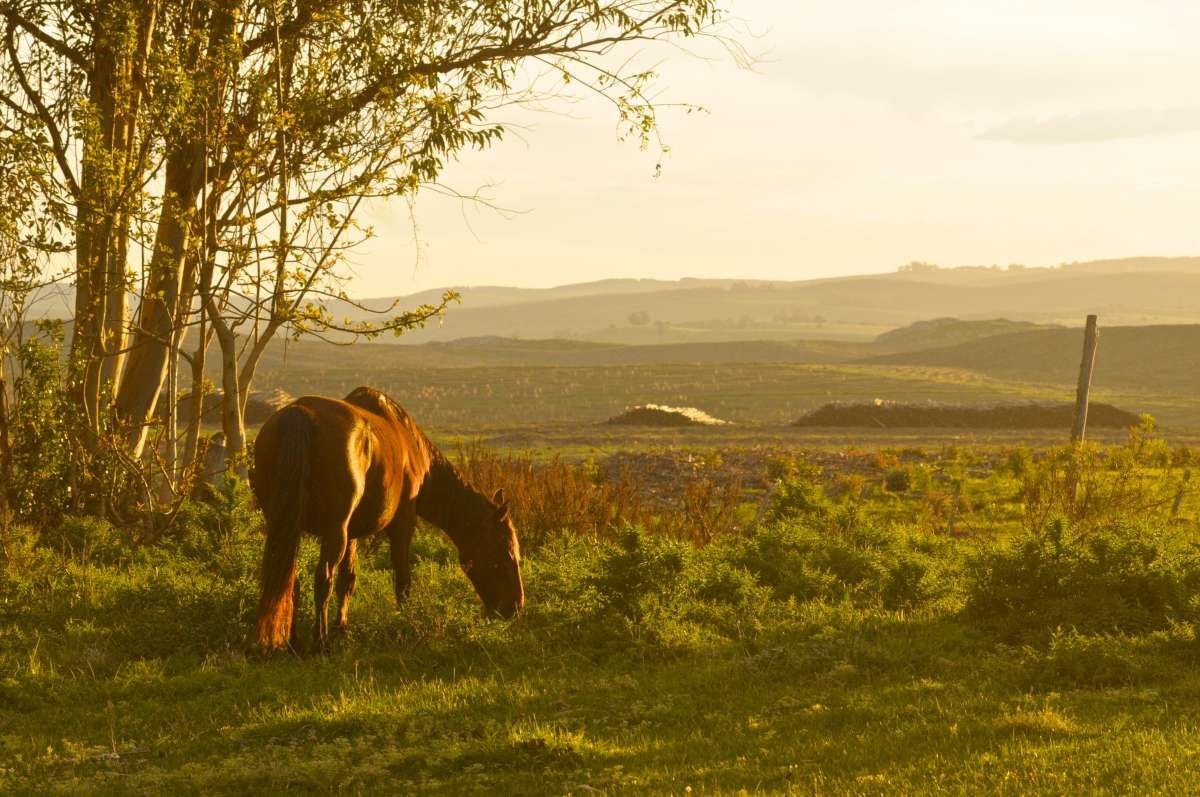
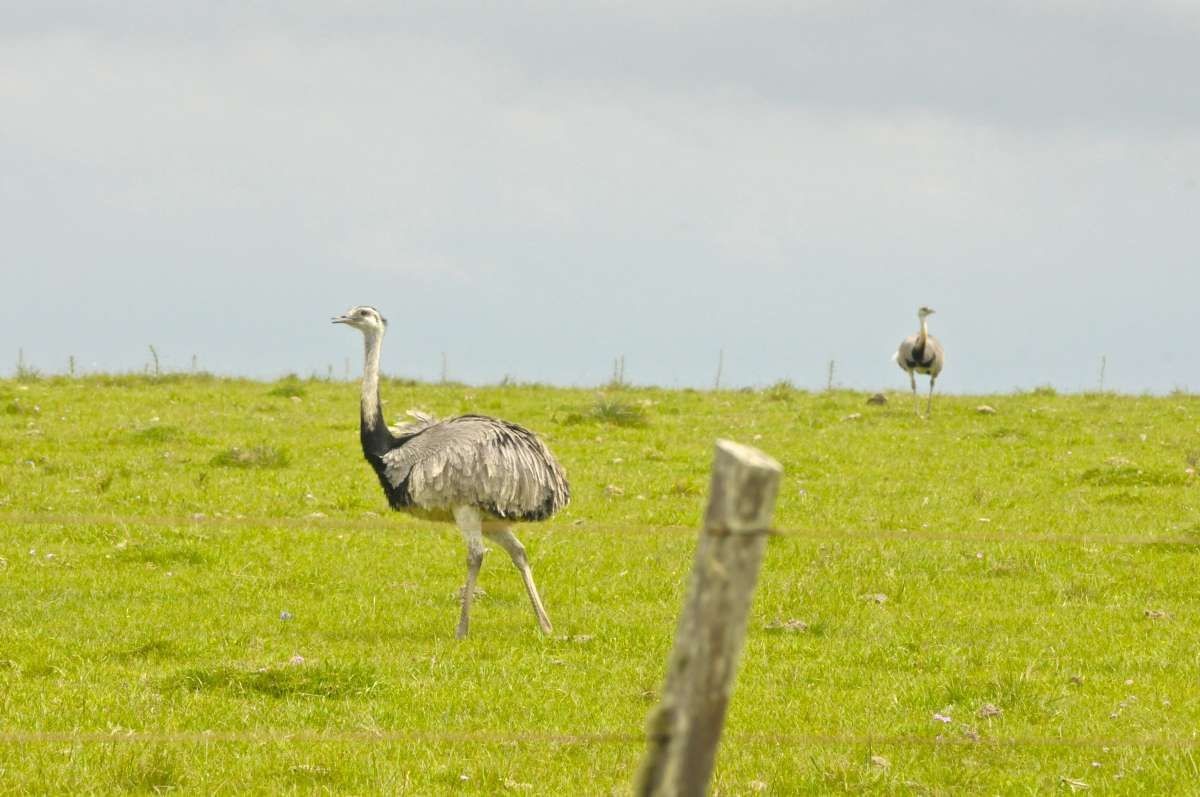

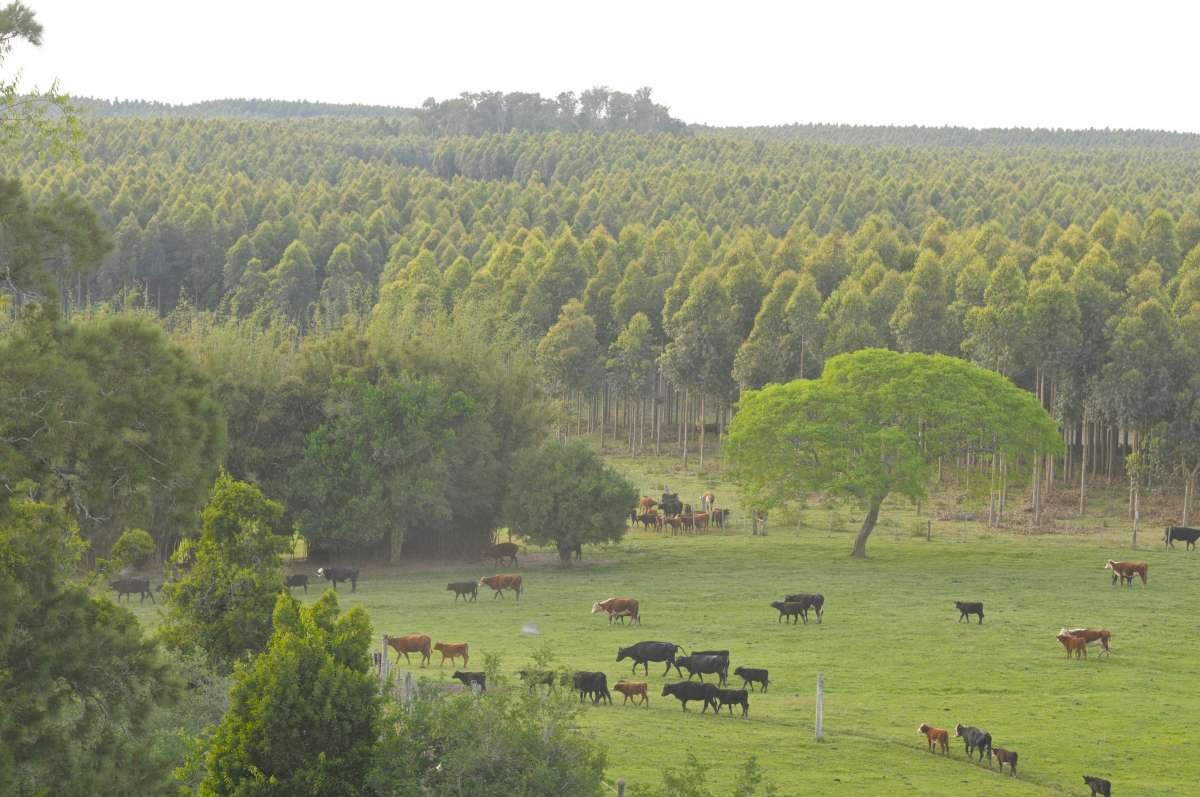








Guanaré Afforestation
Establishing forests to avoid overgrazing, obtain high-value timber products and sequester large amounts of CO₂
MyCarbon seeks to develop, source, and trade high-quality carbon credits from projects concerned with Latin American forestry, land use, and renewable energy. At the same time, it supports companies in their carbon footprint reduction goals, as well as farmers in the pursuit of agricultural best practices—contributing to the sustainable use of natural resources.
This project comprises a total of 21,298 hectares of land previously under extensive beef cattle grazing, on which forest plantations are established with the aim of obtaining high-value, long-lived timber products while sequestering large amounts of carbon dioxide from the atmosphere. These forests are based mainly on Eucalyptus and Pinus tree specie rotations, with practices compatible to FSC standards for sustainable forest management.
A baseline study determined that the continuation of extensive grazing would have been the most likely use of the land. Additionality is demonstrated through the fact that the expected internal rate of return of the proposed project activity—without considering carbon finance—is lower than the benchmark internal rate of return for this type of investment in Uruguay. Moreover, a barrier analysis and common practice analysis showed that afforestation in the area of the proposed project is not likely to occur without carbon financing.
This project has resulted in a significant contribution to the sustainable development of Uruguay, through several factors: increased employment and quality of employment; rural development (decentralization); increased gross value of production; improved fiscal balance; biodiversity preservation; and improvement and preservation of soil quality. Remote sensing also monitors carbon stock changes for living and dead biomass. The potential non-permanence of stored carbon is being considered by the non-permanence risk analysis and buffer determination.
Technology
Ratings
Project details






Project certifications
Certifier
Verified Carbon Standard
Registry ID
VCS959
Crediting period term
Latest project methodology
AR-ACM0001: Afforestation and reforestation of degraded land
Project design document (PDD)
PDD: Guanare Afforestation, Uruguay
Current verifier of project outcomes
Rainforest Alliance, Inc.